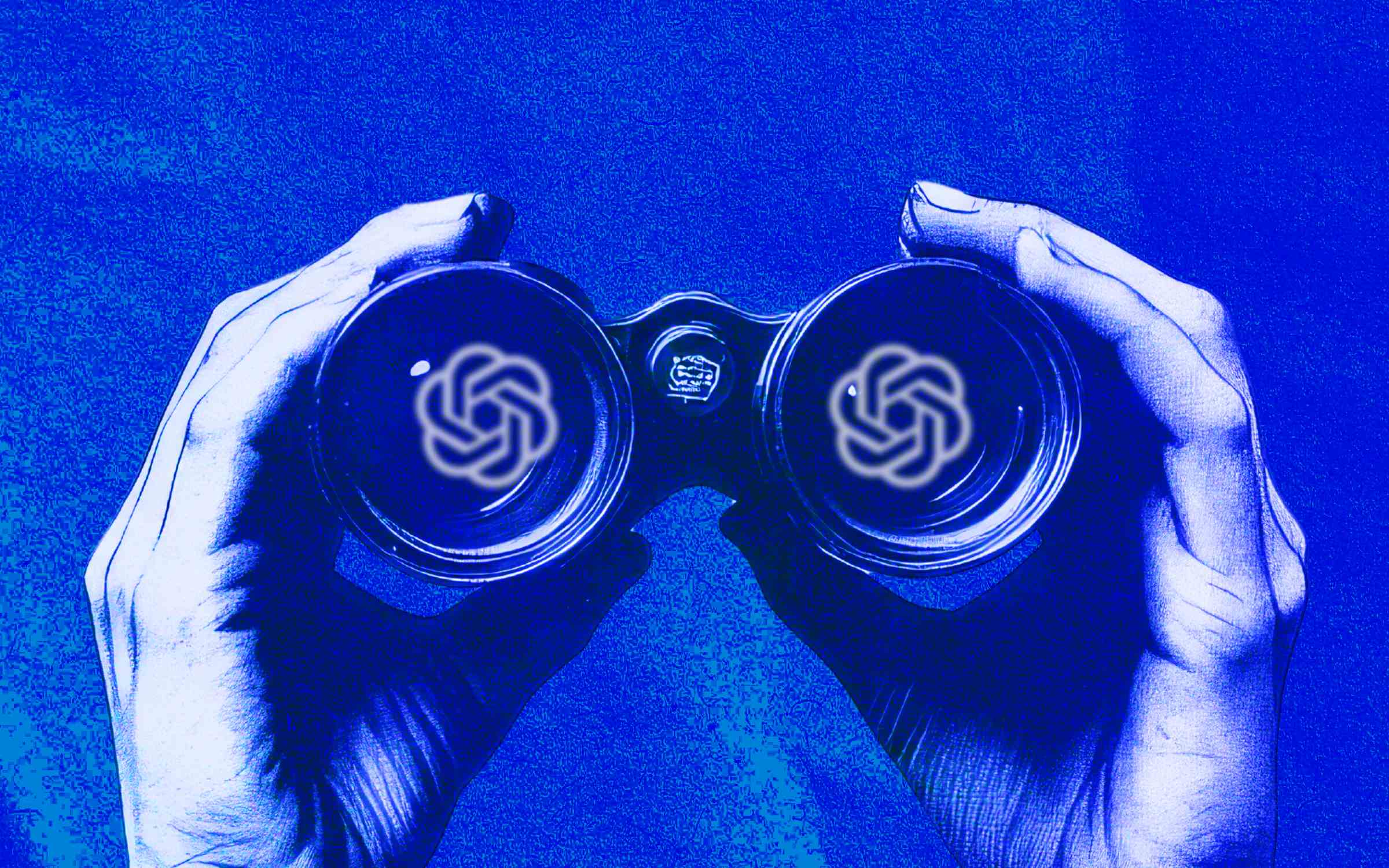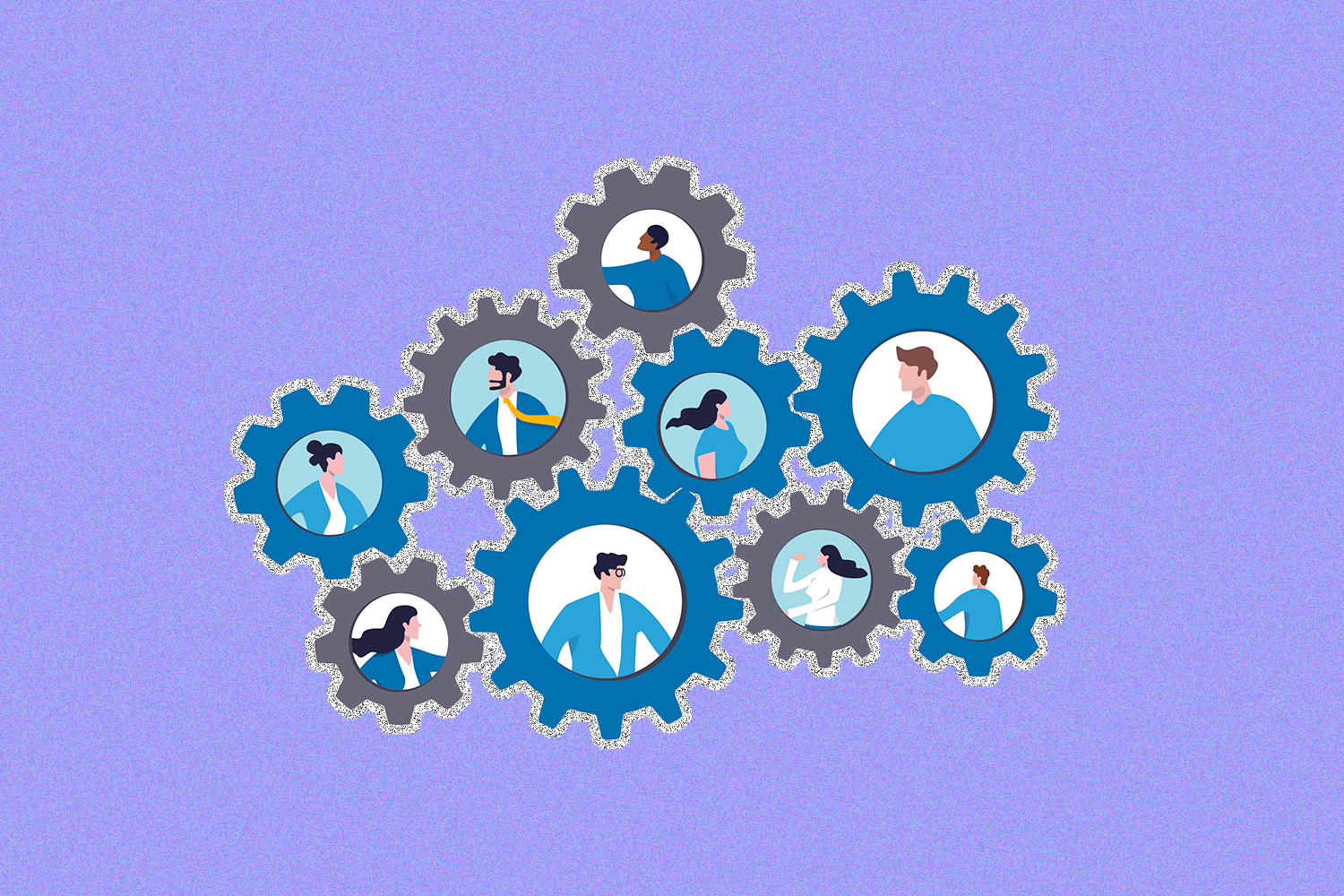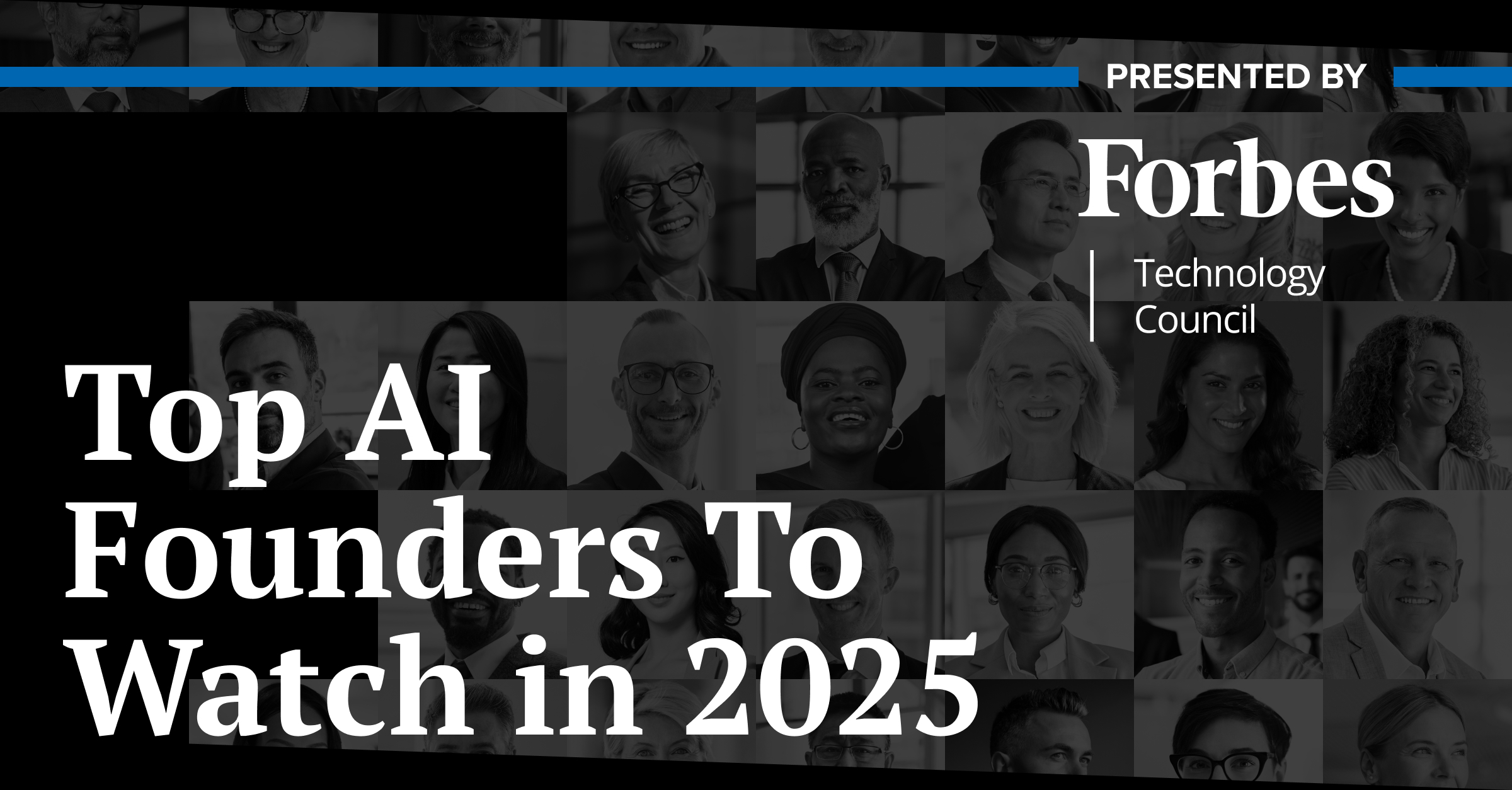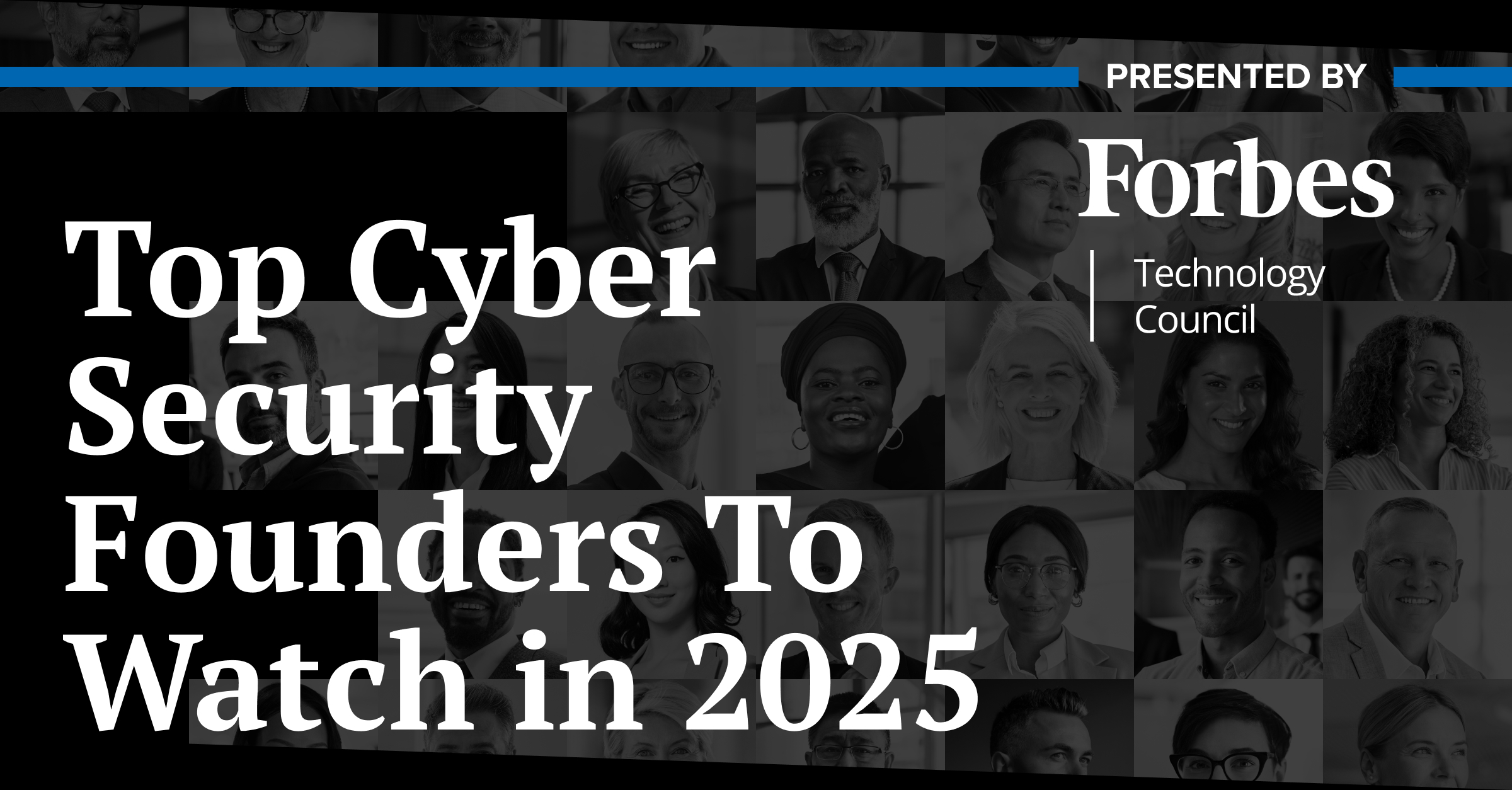It was a prediction that quickly made headlines—and sparked anxiety across industries.
In a recent public interview, a leading artificial intelligence (AI) executive, Dario Amodei of Anthropic, claimed that AI could eliminate half of all entry-level white-collar jobs and cause 20% unemployment within the next five years. That would mean unemployment levels higher than those experienced at the height of the pandemic, according to CNN.
The implication was clear: AI isn’t just reshaping the future of work—it’s accelerating the end of work as we know it, especially for new and early career professionals. But how accurate is that prediction? And what should human resources (HR) decision-makers be doing about it?
We posed those questions to members of the Senior Executive HR Think Tank, a panel of human resources executives and industry experts who are on the front lines of workforce planning. Their answers reveal a more nuanced, pragmatic outlook. Yes, AI is changing entry-level roles. But the doomsday scenario? Most of these leaders aren’t buying it. Instead, they’re focused on redesigning roles, elevating human skills and preparing their workforces not for mass displacement but for massive transformation.
“AI technology is rapidly advancing, and it will disrupt fields like law, finance, coding and consulting.”
Disruption Is Real. But So Are Constraints.
Heide Abelli, CEO and Co-Founder of SageX, doesn’t dispute that AI will be disruptive—especially in fields like finance, law, consulting and coding. In fact, some companies have already begun adopting “AI-first” hiring policies at the entry level. But, she cautions, predictions of mass job loss often overlook major technical limitations.
“There are limits to how much data can be fed into AI servers, how fast chips that power AI systems can be manufactured and how much energy can be supplied to data-processing centers,” she says. “Those factors and the fact that current AI models don’t yet display human-like intellectual agility may make this outlook less realistic.”
That doesn’t mean HR teams should sit idle. Instead, Abelli recommends preparing for a world where fewer entry-level roles exist—and those that remain require much stronger human competencies: critical thinking, social and ethical decision-making and deep problem-solving.
“I use AI to gather market intelligence, but I don’t use it to coach my teams on how to apply the intelligence.”
Don’t Ignore the Economic Incentive—Or the Human Cost.
Jason Elkin, Co-Founder and Chief Innovation Officer at Equals True, is more blunt in his assessment.
“I can’t think of a single company that would not reduce payroll by 20% if there was no impact on revenue,” he says. “So it’s foolish to assume AI won’t disrupt the general workforce in the near future.”
But he draws a sharp line at using AI to replace humans in roles where real interpersonal judgment is essential.
“The question for HR organizations is: Does AI belong everywhere? In my opinion, the line that should be drawn is when it comes to putting AI as a supervising authority over activities that directly impact actual people.”
Elkin uses AI for efficiency—gathering market intelligence, optimizing processes—but never to conduct interviews or coach teams. “AI is not a substitute for human interaction when that is what is needed,” he adds. “Any doubters should call their local cable company and spend some time in their AI phone maze.”
The Real Risk Is Ignoring the Emotional Side of Change.
Melinda McCormack, Founder of Impact with Empathy, believes that job loss fears around AI are often exaggerated—but the disruption is very real. What matters most now is how organizations respond.
“The fear of AI eliminating jobs is often more exaggerated than factual. However, the disruption AI is bringing is real and requires proactive measures,” she says. “All business leaders and HR leaders should be prioritizing and addressing the emotional aspects of change, offering support and listening actively with their teams.”
For McCormack, the opportunity lies in redesigning roles to emphasize purpose and innovation—then preparing employees to thrive in them. That includes building AI literacy, offering ongoing training and positioning AI as a tool for evolution, not elimination.
“HR leaders can help navigate the challenges posed by AI while fostering a supportive and innovative workplace,” she says.
Entry-Level Work Is a Leadership Pipeline, Not Just a Task List.
Laci Loew, Fellow and HR Analyst at the Global Curiosity Institute, doesn’t mince words when it comes to the 20% unemployment claim.
“To subscribe to the proclamation that AI will replace 50% of white-collar jobs, leaving behind a 20% unemployment rate, is nonsense,” she says. “The pundit who recently made that declaration works for an organization that makes automation tools. Sounds self-serving, yes?”
But Loew is serious about the threat to how we value entry-level work. These roles, she argues, aren’t just about low-cost labor—they’re a critical part of talent development.
“Such roles don’t exist solely for ‘arms and legs’ to get work done. These individuals become the pool from which many are developed into the organizations’ leaders,” she says. “Smart HR leaders are reinvesting in and rebuilding their entry-level L&D strategies.”
She points to tools like the Young Professionals Playbook as examples of how to support Gen Z talent with future-forward skills like communication, consultation and interpretation—skills that will complement AI, not compete with it.
“Transformative technologies have historically disrupted labor markets, but they’ve also created entirely new industries, roles and productivity gains.”
Don’t Prepare for Collapse. Prepare for Transformation.
For Britton Bloch, VP of Talent Acquisition Strategy and Head of Recruiting at Navy Federal Credit Union, the forecast of 20% unemployment and half of entry-level jobs disappearing in five years feels like, well—AI hype.
“While AI-driven employment disruption is genuine, dramatic predictions often overlook the resilience and adaptability of labor markets and human ingenuity,” she says.
The focus, Bloch argues, should be on role transformation, not elimination—and the work HR leaders do now will shape whether that transition is successful.“
Rather than fearing job elimination, organizations and HR leaders should proactively prepare for role transformation, investing now in reskilling, workforce planning and strategic cultural adaptations.”
Here’s What HR Leaders Should Be Doing Right Now.
So what’s the real takeaway from these experts? The sky may not be falling, but the ground is shifting. Here’s what the HR Think Tank recommends:
- Invest in reskilling and upskilling for early career employees to increase capabilities like critical thinking, empathy and adaptability.
- Redesign entry-level roles with a focus on innovation, problem-solving and professional development, not just task execution.
- Prioritize transparency and communication when rolling out AI tools. Position AI as an enabler of human potential, not its replacement.
- Avoid placing AI in roles that require nuanced human judgment, especially in high-stakes decisions affecting people.
- Rethink learning and development strategies to equip workers for hybrid human-AI collaboration.
AI Isn’t Replacing Everyone, but It Is Changing Everything.
The future of entry-level work is about elevation, not elimination. HR leaders have a critical role to play in guiding that evolution. That means seeing through the hype, understanding the real risks and acting now to build adaptable, empowered and AI-literate workforces.
The next few years will require more than just new tools. They’ll require new mindsets—and the human leadership to match.









